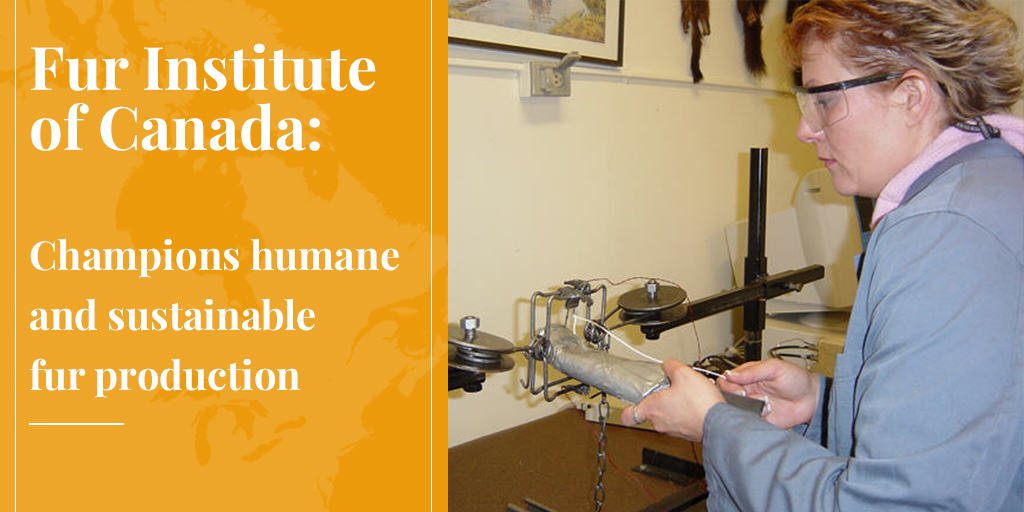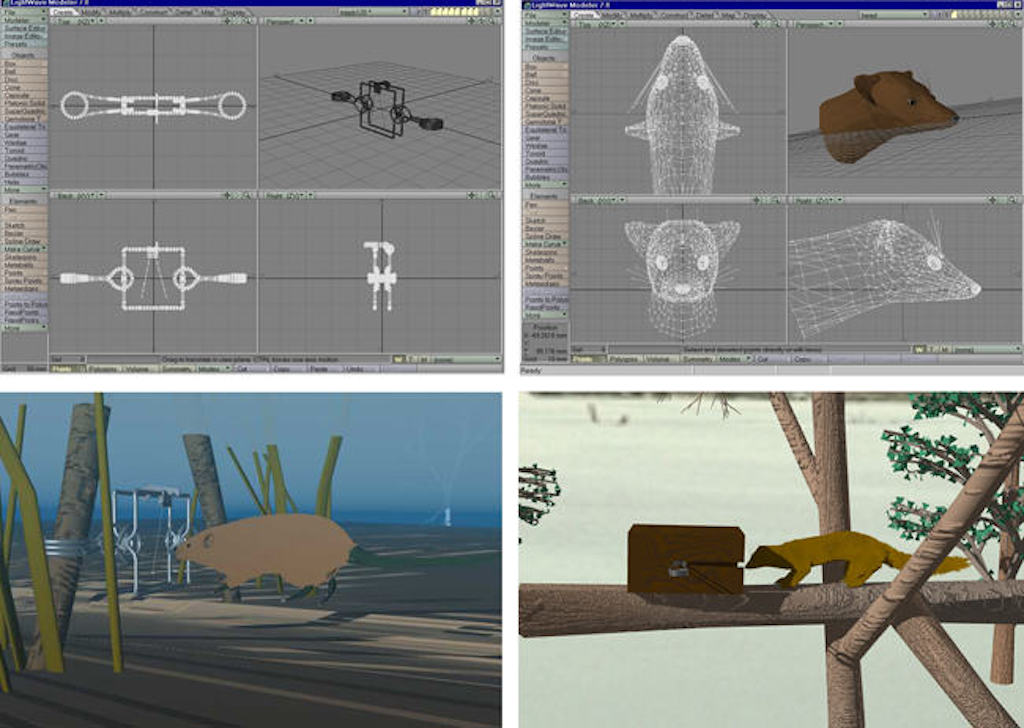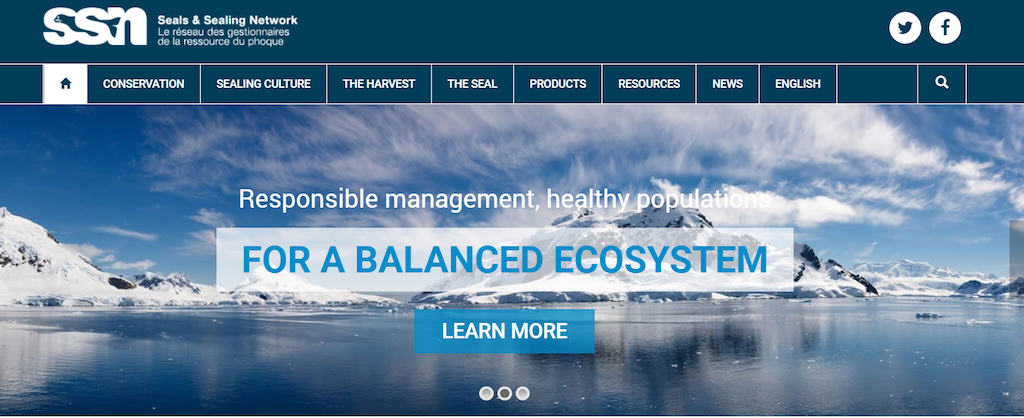Humane Trapping Research Program Leads the World
by Alan Herscovici, Senior Researcher, Truth About FurNorth America is the world leader in science-based research to develop the most humane trapping systems possible. To understand more…
Read More

North America is the world leader in science-based research to develop the most humane trapping systems possible. To understand more about this important work we interviewed Pierre Canac-Marquis, a retired Government of Quebec wildlife biologist who serves as Coordinator for the Canadian Trap Research Program, under the auspices of the Fur Institute of Canada.
TruthAboutFur: Hello Pierre. Can you tell our readers about the Canadian Trap Research Program?
Pierre Canac-Marquis: The Canadian Trap Research Program is the only program of its kind in the world. The science-based standards we have developed are the world reference for evaluating trapping systems from an animal-welfare perspective. The most important part of our mandate now is to test and certify traps for compliance with the Agreement on International Humane Trapping Standards.
TaF: Who runs this program?
Canac-Marquis: The trap research program is funded and directed by Environment Canada and the provincial and territorial wildlife services. The Fur Institute of Canada has been mandated by government to run the program.
TaF: How did the program begin? I think there’s quite a history here.
Canac-Marquis: This work actually began more than 40 years ago with the Federal-Provincial Committee on Humane Trapping, that ran from 1974 to 1981. The project was driven by animal-welfare advocates, including the Canadian Federation of Humane Societies and visionaries like Neal Jotham. The report of the committee, in 1981, led to the creation of the Fur Institute of Canada, with a mandate from government to develop scientific criteria for testing and certifying animal traps from an animal-welfare perspective.

TaF: And while many of our readers are interested in the fur trade, I understand that this research goes far beyond trapping for fur.
Canac-Marquis: Absolutely, because trapping is used around the world for all sorts of purposes. Biologists live-trap and radio-collar furbearers for research, or for reintroduction into areas where they were formerly extirpated. And furbearer populations must often be managed to protect natural habitat, property, endangered species, or public health and safety. As examples, beaver populations must be controlled to prevent the flooding of roads, fields and homes. Over-populated raccoons or foxes spread rabies and other diseases. Coyotes are the main predators of young and calves of endangered caribou populations. Our work is to develop or certify trapping systems to assure that capture of these animals is done as humanely as possible, whatever the reason.
SEE ALSO: Reasons we trap. Truth About Fur website.
TaF: How does your work relate to the Agreement on International Humane Trapping Standards (AIHTS)?
Canac-Marquis: Firstly, the work of the Canadian trap-research program provided the science-based methodologies that underpin the AIHTS. Secondly, since 1996, much of our work has been to test and certify traps for compliance with the AIHTS. In all, since 1985, more than 450 quick-killing traps have been evaluated, with 189 being certified. As well, some 180 restraining (live-holding) traps have been tested, with 65 being certified. As these stats show, the research and testing program has permitted us to reject many trap designs that might have looked good on paper or in prototype, but did not sufficiently protect animal welfare. No one had ever done this before.
TaF: How is this research and testing conducted?

Canac-Marquis: Most of our trap-testing technology has been developed at the laboratories of Innotech Alberta, a provincial government research agency in Vegreville. One of the most exciting achievements has been the development of computer technology to minimise the need for animals in our testing. Computer simulation models now allow us to evaluate and either reject or certify effective quick-killing traps. Similarly, we can now evaluate mechanical properties to know whether restraining traps have the capacity to hold animals without injuries. It is also important that all our work is done with the close involvement of veterinarians and veterinary pathologists.
TaF: And how has this research been translated into practice in the field?
Canac-Marquis: Thanks to this research we’ve seen important changes in trapping systems that have dramatically improved animal welfare. The program has provided a strong incentive for innovation in trap technology, trapping regulations, and trapper training. We are proud to be able to say that all traps used in Canada have now been, or will shortly be, tested and certified as conforming with the Agreement on International Humane Trapping Standards. AIHTS standards are also cited by the Canadian Animal Care Council guidelines for researchers capturing wild vertebrates.
TaF: What do you see as the most important achievement of the Canadian Trap Research Program?
Canac-Marquis: I think that our most important achievement is that, after so many years of talking and debating about humane trapping, we have established objective, science-based criteria to ensure that animal welfare is respected to the fullest extent of our technological ability - whatever the reason trapping is practiced. The Agreement on International Humane Trapping Standards is the first - and still the only - convention to establish international animal-welfare standards for animals captured by means of trapping systems. We can be very proud of that.
***
To learn more about donating to Truth About Fur, click here.













